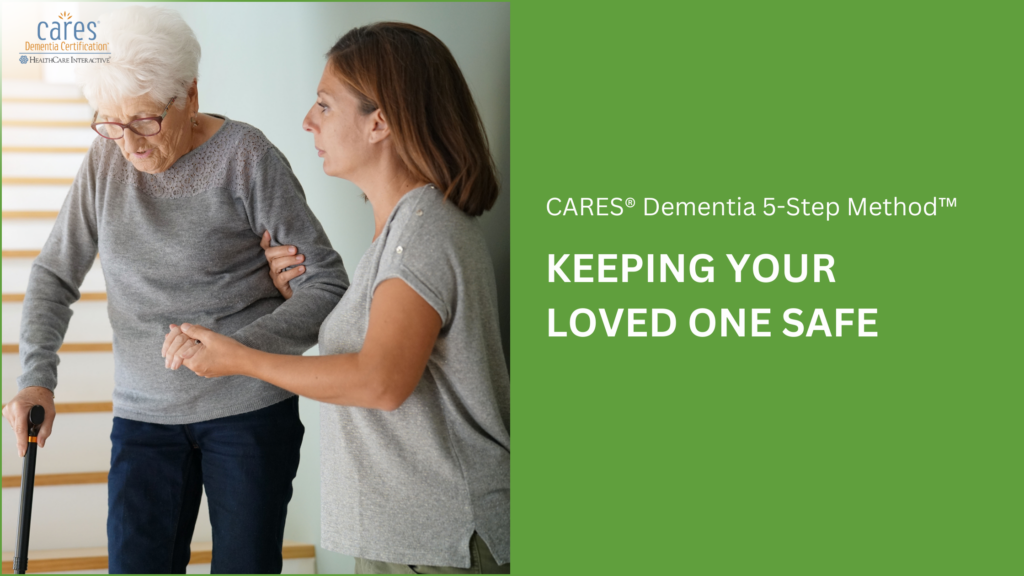You are an important part of creating a safe environment for those you care for. Safety isn’t just about physical spaces—it includes emotional well-being and protection from neglect or abuse. The goal is to ensure safety while helping them thrive.
Safety is especially important for individuals with Alzheimer’s or dementia, as they face risks like:
• Falls
• Wandering prevention or getting lost
• Elopement (physically leaving a long-term care facility)
• Medication-related adverse events
• Cooking, appliance, or power equipment problems
• Spoiled food or lack of food
• Getting lost driving
• Financial mismanagement
• Attending medical visits alone
• Difficulty responding to a crisis or an emergency
• Unsafe storage or use of firearms
As a caregiver, observe the person’s environment and behavior regularly for any of these risks. If you spot something concerning, report it to a supervisor or another trusted person. You play a key role in identifying hazards and ensuring the person’s safety.
Safety and Assessment
Assessments help identify safety risks and areas of concern, whether the person is living at home or in a long-term care facility. These evaluations cover various aspects like abilities, home environment, and potential threats to safety. Formal assessments are done by professionals, but caregivers can also contribute valuable observations.
Stay engaged in the assessment process. If you notice issues, communicate with a supervisor or healthcare professional. Your firsthand experience and observations are essential in identifying areas that may need improvement.
Reducing Risks in Dementia
A safety plan is essential for people living with dementia. It plays a key role in Reducing risks in dementia, helping them feel more comfortable and independent. The plan should address areas like wandering prevention, medication management, and kitchen safety.
Work with the healthcare team to develop a safety plan tailored to the person’s needs. Be proactive in adjusting the environment to minimize risks and support their independence as much as possible.
Reducing Risks in Dementia While Supporting Autonomy
Balancing safety with autonomy is crucial. People with dementia should be able to maintain their independence, but safety must always come first. Sometimes, this requires making adjustments to how they live their day-to-day life, ensuring their safety without completely restricting their freedom.
By Reducing risks in dementia, caregivers can foster an environment that allows independence while ensuring safety. For instance, accompanying them during walks or cooking with them can help maintain both their safety and emotional well-being.
Would you like to earn your certification in CARES® Dementia 5-Step Method?
Start now and gain access to Module 1 for free at www.hcinteractive.com/5StepDemo.
Don’t miss out—this limited-time offer is available now!

